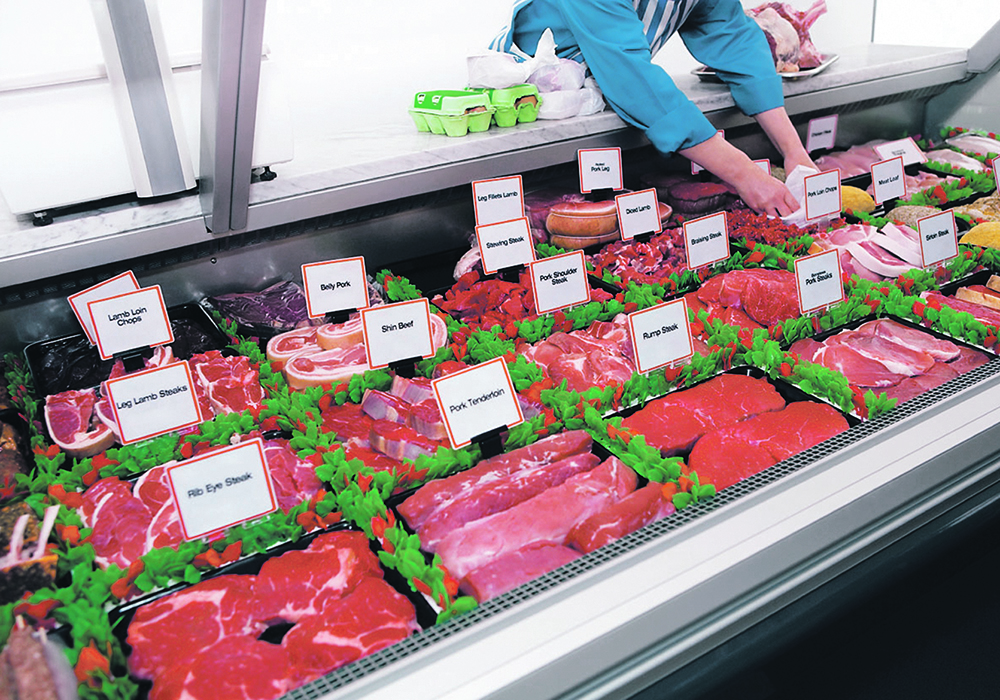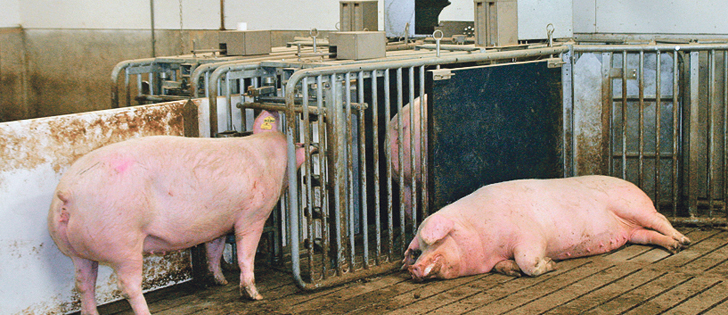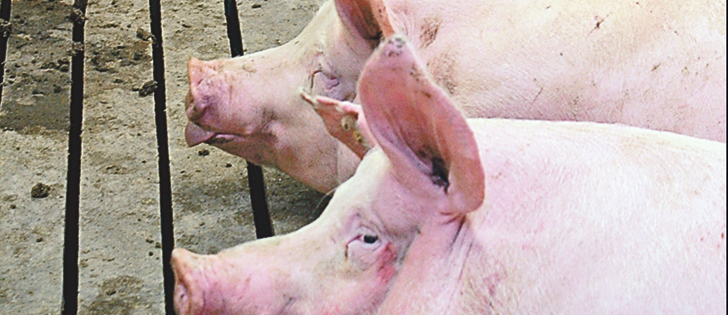Industry told it can capitalize on COVID-19 austerity by providing consumers with cheaper meat and more convenience
Sylvain Charlebois sees opportunities for pork, and by extension hog producers, amid trends emerging from the pandemic.
The Dalhousie University professor and researcher, who has become known as The Food Professor, told participants in the Jan. 5 online Banff Pork Seminar that the hog industry should find new ways to present pork to capitalize on the greater use of meal kits and higher demand for local food.
Pork is also well positioned against beef at the meat counter because it is less expensive, he added. With many people out of work and governments facing huge debt, price is a key factor for many shoppers.
Read Also

Critical growing season is ahead for soybeans
What the weather turns out to be in the United States is going to have a significant impact on Canadian producers’ prices
“The economy is going to be depressed for awhile,” said Charlebois.
“Pork is an interesting product because it’s not necessarily a premium product, but I actually would say that, given the economics, it could be helpful for the sector just because we’re in the middle ground.… Canadians love meat and so they’ll go to the meat counter and they’ll look for bargains, and pork tends to be very kind to people with a tight budget.”
Dalhousie survey forecasts indicate retail meat prices are likely to rise in 2021 by as much as five percent, although that doesn’t mean producers will necessarily receive more money for their product.
He predicted this year won’t be a great one for beef, given its higher price and many consumers’ fiscal challenges, and that could allow pork to take more market share. Pork could capitalize on consumers’ cooking fatigue by providing more options for online grocery purchase, meal kits and restaurant takeout menus.
As for the trend toward “local” food, Charlebois admitted it is a “fuzzy concept” given the loose definition. However, pork production is widely distributed in Canada so most of those in the industry could qualify as local by some measure.
Nearly five percent of Canadians surveyed said they have bought food directly from farmers since the pandemic began.
Consumers aren’t necessarily used to seeking local products, he added, so stability of supply and access are needed to capitalize on the trend.
One in five Canadians started a garden in 2020, according to his statistics, and that means “you’re basically dealing with a client base that is much more food literate than ever before.”
Charlebois said pork has gained currency over the last 10 years as people learned more about its preparation. The popularity of pulled pork in recent years fostered further appeal.
However, the pandemic also prompted people to buy more speciality meats including bison, duck, rabbit, elk and horse. Each saw increased sales in the past nine months, with bison the big winner with a 197 percent sales increase.


















